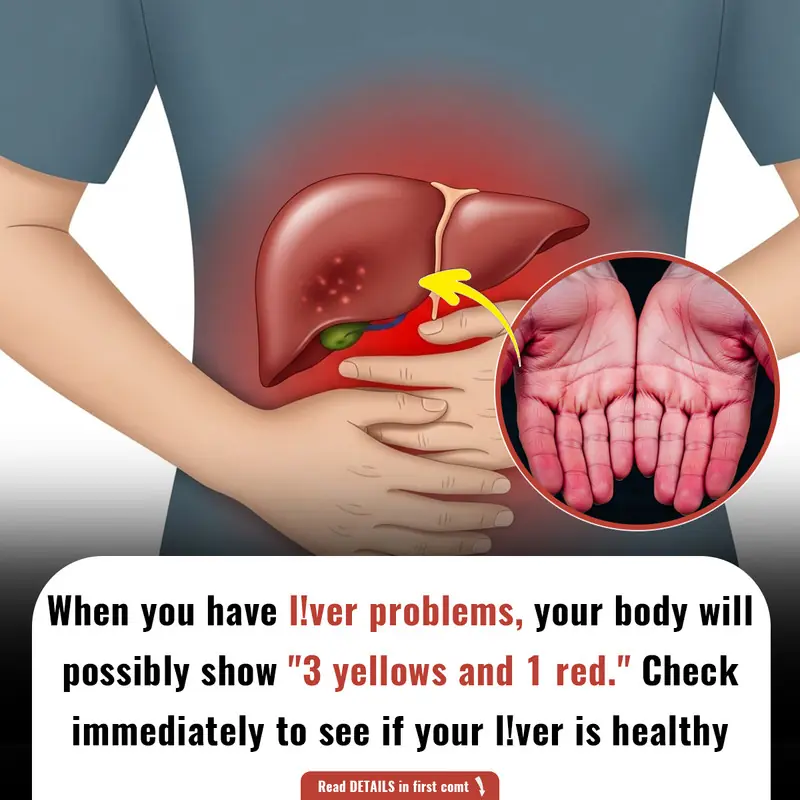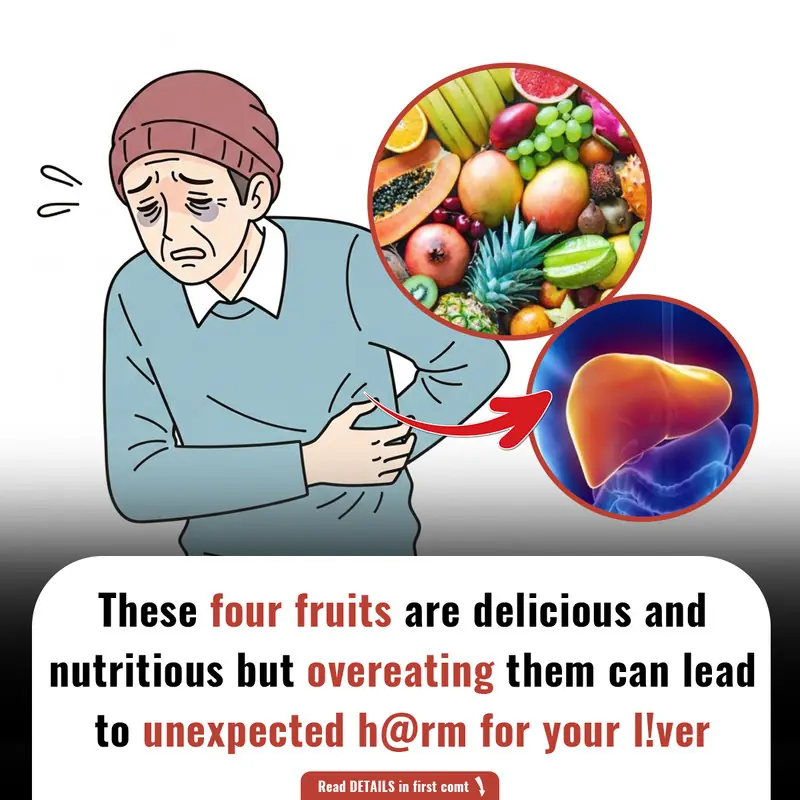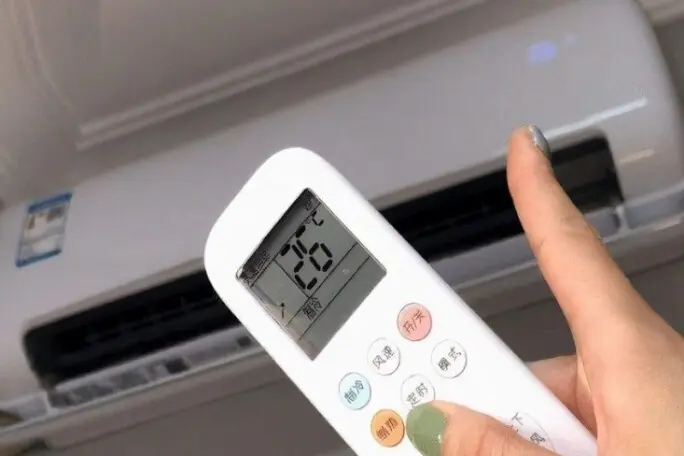
How Your Feet Could Be Signaling Heart Problems: What You Need to Know

When we think about heart problems, we often picture chest pain or shortness of breath, but what if your feet could also be sending a warning signal about your heart health? Believe it or not, your feet can provide important clues about your cardiovascular system. Symptoms such as swollen feet, cold feet, or a weak pulse in your feet may point to issues in your arteries and heart, potentially indicating conditions like Peripheral Artery Disease (PAD) or Coronary Artery Disease (CAD).
What Is Peripheral Artery Disease (PAD) and Why Should You Care?
Peripheral Artery Disease (PAD) occurs when plaque—composed of fats, cholesterol, and other substances—builds up in the arteries that supply blood to your limbs. PAD typically affects the arteries in the legs and feet, restricting blood flow and causing discomfort, cramping, or even limiting your ability to walk long distances. But PAD doesn’t just stop at the feet; it’s closely linked with heart disease. If you have PAD, you may also be at a heightened risk for CAD, which refers to the narrowing or blockage of blood vessels that lead to the heart.
Both PAD and CAD are types of atherosclerosis, a disease in which plaque builds up in artery walls, reducing blood flow and increasing the risk of serious complications such as heart attacks or strokes.
Understanding the Symptoms: How Your Feet Reveal the Condition
One of the most common signs of PAD is swollen feet or ankles. When your arteries become blocked or narrowed, the blood flow to your extremities is reduced, which can cause fluid retention and swelling in the lower legs. While this symptom can also point to conditions like kidney or liver failure, it’s important to pay attention to your overall health and other accompanying symptoms.
Additionally, sluggish or absent pulses in your feet can be an indicator that blood flow is restricted. If you experience cramping, numbness, or tingling in your feet and legs, it’s a good idea to consult with your doctor for further evaluation.
How Can Doctors Diagnose PAD?
Your doctor can perform several tests to determine if PAD or any related issues are affecting your health. One of the most common screening methods is checking the pulse in your feet. A weak or absent pulse can suggest that blood isn’t flowing properly to your extremities. In addition to this, the ankle-brachial index (ABI) is a test that compares the blood pressure in your ankle with the blood pressure in your arm. If there is a significant difference, this could signal the presence of PAD.
The Link Between PAD and Heart Disease
It’s important to note that PAD and heart disease often go hand in hand. Studies have shown that individuals with PAD are at an increased risk for developing coronary artery disease. If you already have PAD, you may have narrowed arteries in your heart as well, which can make you more prone to heart attacks and strokes. PAD can also lead to the loss of limbs in severe cases, further highlighting the urgency of early diagnosis and treatment.
Preventing PAD and Promoting Heart Health
The good news is that PAD is largely preventable and treatable, especially when caught early. Living a healthy lifestyle can dramatically reduce the risk of developing PAD or CAD. The U.S. Department of Health and Human Services recommends at least 150 minutes of moderate exercise each week, which helps maintain healthy blood circulation and supports heart health. Regular physical activity, such as walking or cycling, can help improve blood flow and reduce the buildup of plaque in your arteries.
A balanced diet is equally important. Reducing your intake of saturated fats and trans fats can help lower cholesterol levels and prevent the accumulation of plaque in the arteries. Foods rich in fiber, fruits, vegetables, and healthy fats (such as those found in avocados and nuts) can further support cardiovascular health. If you have pre-existing health conditions like diabetes or high blood pressure, proper management of these conditions can significantly decrease your risk of PAD and other heart-related issues.
Take Action: Your Feet Hold the Key to Your Heart Health
Paying attention to the health of your feet is just as important as monitoring your heart. If you experience any of the symptoms mentioned above, don’t hesitate to consult with your healthcare provider. Early diagnosis and lifestyle adjustments can improve your chances of managing or preventing PAD and CAD, ensuring that your heart and your legs stay strong and healthy.
When to See a Doctor
If you notice persistent swelling in your feet or ankles, pain while walking, or any of the other symptoms mentioned, it’s essential to seek medical advice promptly. Your doctor can perform tests to confirm whether PAD or heart disease is present and discuss appropriate treatment options.
Credit: Credit to the original source from Phillyvoice.
This article highlights the importance of recognizing symptoms of PAD and CAD early on to improve your health outcomes. Don't underestimate the significance of your feet in relation to your heart health!
News in the same category


4 Common Meat Thawing Mistakes That Could Put Your Family's Health at Risk

Doctor reveals two little-known signs of skin cancer that everyone misses
Along with the more obvious signs such as changes in moles, these hidden symptoms should be taken seriously.

Why You Should Unplug the Hotel TV Immediately After Checking In

Doctor warns of alarming health risks of sleeping with a fan on during a heatwave
As the heatwave looms and temperatures continue to rise, it is essential for individuals to consider the hidden health risks associated with sleeping with a fan on.

How to Keep Ripe Avocados Fresh and Creamy for Days

Secret cleaning tip: how to keep your floors clean and dust-free for seven days

How to Tell the Difference Between Naturally Ripened Durian and Chemical-Ripened Ones

3 Simple Items That Help Save Electricity for Your Fridge

The Silent D@nger: 4 'Healthy' Vegetables That Can H@rm Your Kidneys

Top 4 Fruits to Limit for a Healthier Liver

Why Smart People Never Set Their Air Conditioner to 26°C at Night

How to Position Your TV in the Living Room for Optimal Health and Wealth

Hidden D@ngers on Your Dinner Plate: 3 Common Vegetables That May Be D@m@ging Your Digestive Health

Doctors warn just one glass of this drink a day could increase risk of being diagnosed with cancer
A doctor in New York City has discovered a worrying trend between a drink almost two-thirds of Americans enjoy and an aggressive cancer.

Many Confuse This Plant with a Weed, But It’s Actually Full of Surprising Health Benefits
From providing omega-3 fatty acids to supporting heart, bone, and kidney health, purslane offers a wide range of benefits.

Doctor reveals the one sound people make that means they have under 24 hours left to live
This phenomenon is most commonly observed as the person drifts in and out of consciousness, and their breathing becomes more labored.

Don't Underestimate This Common Feature of Rice Cookers: It Could Be Harmful to Your Health

Smart People Know This Trick: Save Up to 50% on Your Monthly Electricity Bill by Adjusting Your Air Conditioner

Why Smart People Often Insert a Key into the Door When Sleeping: A Simple Habit with Big Benefits
News Post

DIY 3 Seed Drink For Losing Weight Fast: Natural, Effective, and Easy to Make
By combining cumin, fennel, flaxseeds, carom seeds, and ginger, you can support your body’s natural fat-burning processes, improve digestion, and reduce bloating. This natural remedy is affordable, easy to make, and free from harmful chemicals.

3 Yellow Signs and 1 Red Flag: Check Now to See If Your Liver is Healthy

4 Common Meat Thawing Mistakes That Could Put Your Family's Health at Risk

Ancient Indian Hair Oil Remedy: Get Crazy Hair Growth Naturally
The ingredients in this ancient Indian remedy work together to nourish and revitalize the scalp, providing your hair with the nutrients it needs to grow strong, thick, and beautiful.

Homemade Neem Gel for Clear and Flawless Skin: Your Ultimate Natural Solution for Acne, Blemishes, and Aging
Incorporating neem gel into your skincare routine is a simple and effective way to achieve clear, healthy, and radiant skin.

Doctor reveals two little-known signs of skin cancer that everyone misses
Along with the more obvious signs such as changes in moles, these hidden symptoms should be taken seriously.

Why You Should Unplug the Hotel TV Immediately After Checking In

Doctor warns of alarming health risks of sleeping with a fan on during a heatwave
As the heatwave looms and temperatures continue to rise, it is essential for individuals to consider the hidden health risks associated with sleeping with a fan on.

How to Keep Ripe Avocados Fresh and Creamy for Days

Secret cleaning tip: how to keep your floors clean and dust-free for seven days

How to Tell the Difference Between Naturally Ripened Durian and Chemical-Ripened Ones

Homemade Eye Roll To Get Rid Of Dark Circles: The Ultimate Natural Remedy for Dark Circles
The homemade eye roll remedy we’ve shared today combines the soothing, brightening, and hydrating powers of olive oil, aloe vera, lemon zest, and raw milk to help reduce puffiness, lighten dark circles, and restore the vitality of the delicate skin arou

3 Simple Items That Help Save Electricity for Your Fridge

The Silent D@nger: 4 'Healthy' Vegetables That Can H@rm Your Kidneys

Top 4 Fruits to Limit for a Healthier Liver

Natural Remedy to Reverse Grey Hair: Unlocking the Secrets to Rejuvenate Your Hair Color
This DIY remedy offers a holistic approach to hair health-nourishing from within and the outside.

5 Powerful Ways to Use Vaseline for Anti-Aging: Natural Remedies for Smoother, Wrinkle-Free Skin
Try these 5 homemade Vaseline treatments today, and enjoy youthful, wrinkle-free, and radiant skin with the power of nature!

Erase Wrinkles and Achieve Glowing Skin Naturally: The Ultimate Banana Face Pack for Youthful Radiance
By incorporating natural ingredients like banana peels, rice, cornstarch, and lemon juice, you can nourish your skin and achieve a radiant, youthful complexion without harsh chemicals or expensive treatments.

Why Smart People Never Set Their Air Conditioner to 26°C at Night
